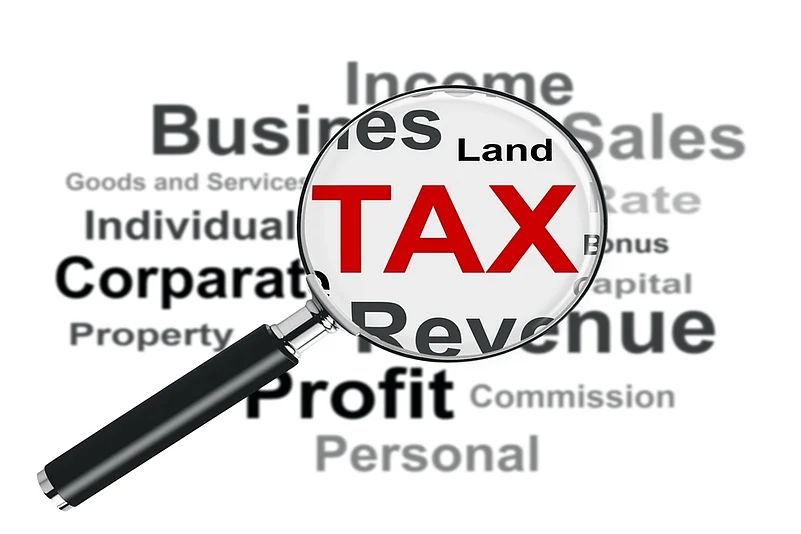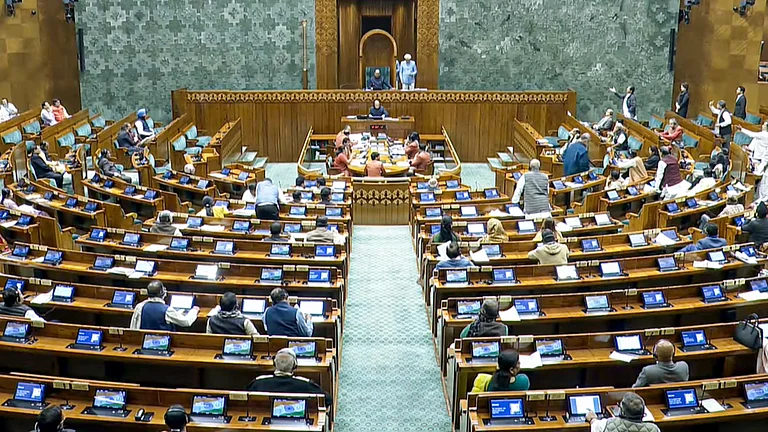The government of India, in the last couple of years, has been aggressively trying to formalise the economy by adopting various measures. The intent behind deploying these measures is to widen the tax base and eliminate the cash or the parallel economy that exists. Numerous steps are being taken in both the GST domain and the direct tax domain to bring the unregistered or inactive taxpayers into the tax ecosystem and streamline the entire process. Under GST one such major step was introducing the condition of availing input tax credit only when the supplier makes the tax payment and furnishes GST return. Similar steps have been taken in the direct tax domain. The new Tax Deduction at Source (TDS) provisions introduced in the recent past is an indication of the same.
In the latest union budget 2021, Finance Minister Nirmala Sitharaman tightened the string on those who haven’t filed their income tax returns by proposing a new rule. It states that if one does file their tax returns in two immediately previous years and whose 139(1) deadline is expired, they may be in a fix and will have to pay double the applicable rate or 5 per cent, whichever is higher. This rule shall be implemented from July 1, 2021. However, it may be the case that this may hit those making the payment to the lax taxpayer, thereby collecting the tax at source. A load of compliance is on the person— who may be a prompt filer of returns— deducting the tax.
The government this year introduced provisions for taxpayers who have not filed IT returns even though their tax is deducted or collected at the source. These provisions are:
206AB: This TDS provision prescribes a higher rate of deduction of tax in the case of specified persons. The specified person, in this case, could be:
Anyone who has not filed the IT return for two previous years; and
The time limit to file IT return u/s 139(1) has lapsed; and
Total aggregate tax deducted or collected at source in his case in each of these previous two years exceeds Rs 50,000.
Furthermore, the specified person shall not include non-resident having a permanent establishment outside India.
The higher rate of tax prescribed in this case is higher of the following:
Twice the rate as prescribed by the relevant provision; or
Twice the rate in force; or
Five percent.
However, there are exceptions to Section 206AB as well.
The newly inserted sections 206AB and 206CCA are still to be tested on the grounds as it comes into effect from July 1, 2021. However, it is anticipated that these sections would be onerous on the compliant assessments. After these provisions are implemented, not only would the taxpayers be required to obtain PAN from the other parties, but they would also have to check if the other party has furnished its IT returns for the previous two years and whether they cross the section prescribed tax deducted and collected source limit of Rs 50,000 in aggregate.
The non-compliance provisions are also stringent and provide for higher interest and penalty along with prosecuting in some cases.
How Can Technology Help?
With compliances becoming even more onerous on a day-to-day basis, the businesses face challenges in terms of the time and effort of their tax teams being averted towards such compliances. As a result, the tax team spends more time in regular and mundane activities which can be easily avoided with the support of technology.
Companies are developing BOTs that can assist organisations in complying with TDS provisions. The PAN and acknowledgment number of IT returns can be entered in bulk for all vendors. The BOT basis is such that the information would fetch the IT return status of the vendor from the government website and inform the organisation of such status. Based on that, the organisation can then go ahead and deduct TDS at normal rates or higher rates as the case may be.
When it comes to TDS provisions, businesses are using technology in their 26AS reconciliations. 26AS is an automated form of tax credit that is generated annually for a specific PAN. It apprises the taxpayer of the tax credits that are available to them based on their TDS deducted. However, the challenge that the organizations face is the invoice-wise reconciliation of TDS deducted. RPA tool coupled with managed services is helpful in an invoice-wise reconciliation of TDS credit. Moreover, the solution also helps in cases where only a few entries in an invoice are liable for TDS deduction as this ensures streamlined book entries and accurate book-keeping.
These new TDS provisions will also affect the overall organisations' vendor ecosystem:
With the implementation of new provisions under direct tax and Indirect tax, the government is making recipient organisation responsible for looking after the compliance of vendor e.g. non filing of GST return leads to non-availability of ITC, non filing of Income tax returns leads to higher TDS/TCS rate
The organisations now may have to keep a check on their vendors so that they also stay compliant.
Collating information on direct tax (ITR details) and indirect tax (GSTR details) will be a tedious task but once done will help the organisation to segregate their vendors into different risk categories, e.g. compliant vendors, partly compliant vendors, and non-compliant vendors
The organisation can keep compliant vendors as their primary source for procurement so that risk exposure is less and while dealing with partly compliant or non-compliant they may push hard on negotiation as they are risking the tax penalty exposure while dealing with them. This can be as per their internal SOPs.
This exercise of collating information has to be done at regular intervals to determine the risk category of vendors.
To conclude, by the recent provisions and amendments to the law, it is clear that the government is looking to adopt a stringent regulatory and compliance approach which will result in lesser tax evasion and frauds. Therefore, businesses need to ensure that they are ready for such provisions and regulations. Technology is a key enabler of compliance and the more the businesses rely on technology, the better prepared they would become for handling severe tax compliances.
The author is the Founder and Managing Director of Cygnet Infotech
DISCLAIMER: Views expressed are the author's own, and Outlook Money does not necessarily subscribe to them. Outlook Money shall not be responsible for any damage caused to any person/organisation directly or indirectly.



























